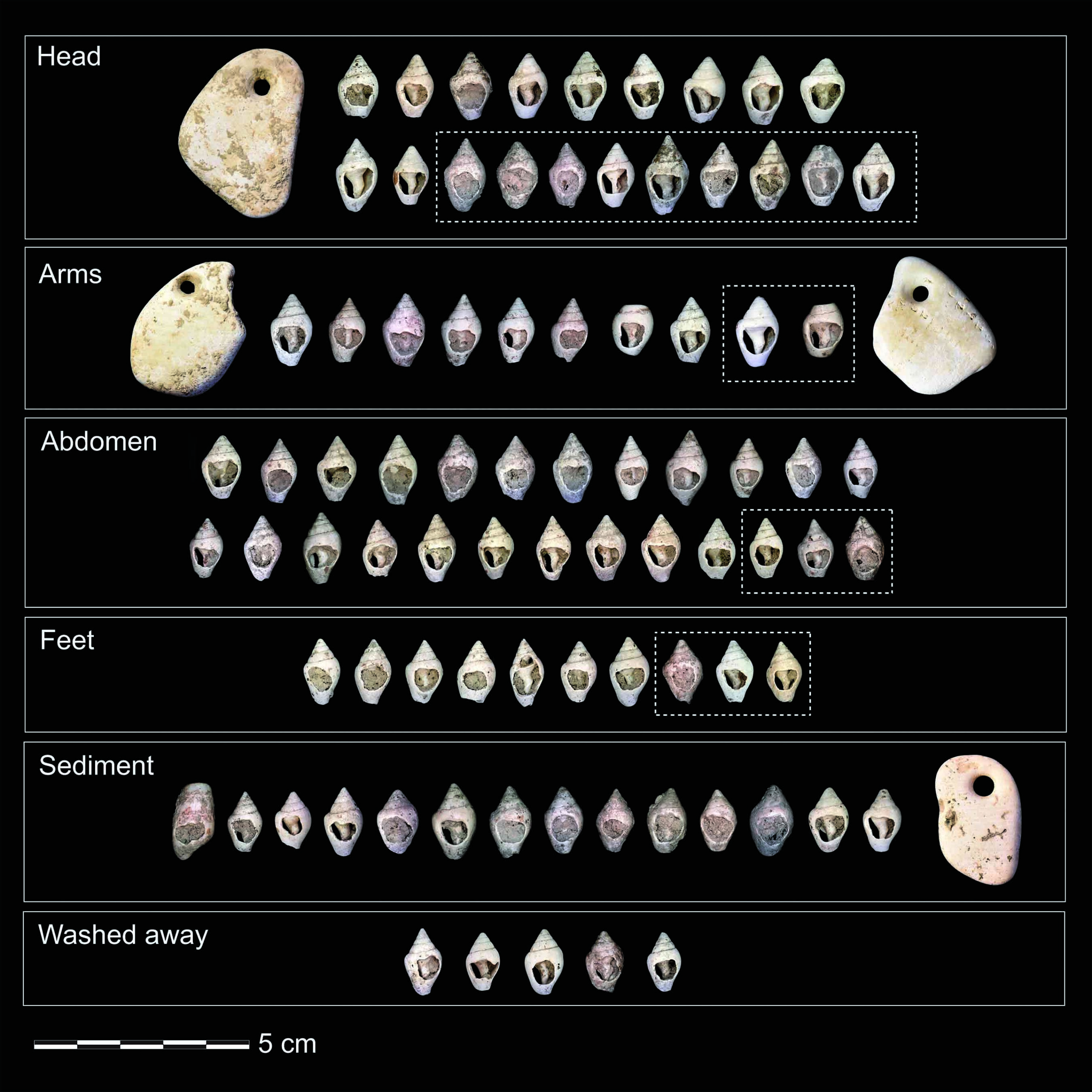
TUCSON, ARIZONA—A team of scientists has determined that the pattern displayed by human hunter-gatherers to forage for food is the very same for as for disparate organisms, like sharks and honeybees. The researchers studied the Hadza people of Tanzania, a culture that still hunts big game, tracking the hunter-gatherers' movements with GPS-fitted wristwatches. The primary discernable hunting behavior of the Hazda is called a Lévy walk, a fundamental movement pattern across species characterized by a series of short treks in a particular area followed by larger sojourn to find a new area for exploration. “We can characterize these movement patterns across different human environments, and that means we can use this movement pattern to understand past mobility,” said David Raichlen, a University of Arizona anthropologist and principal investigator on the new research.









